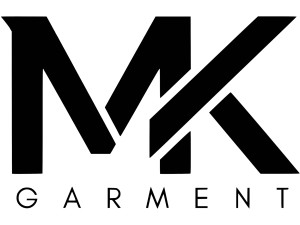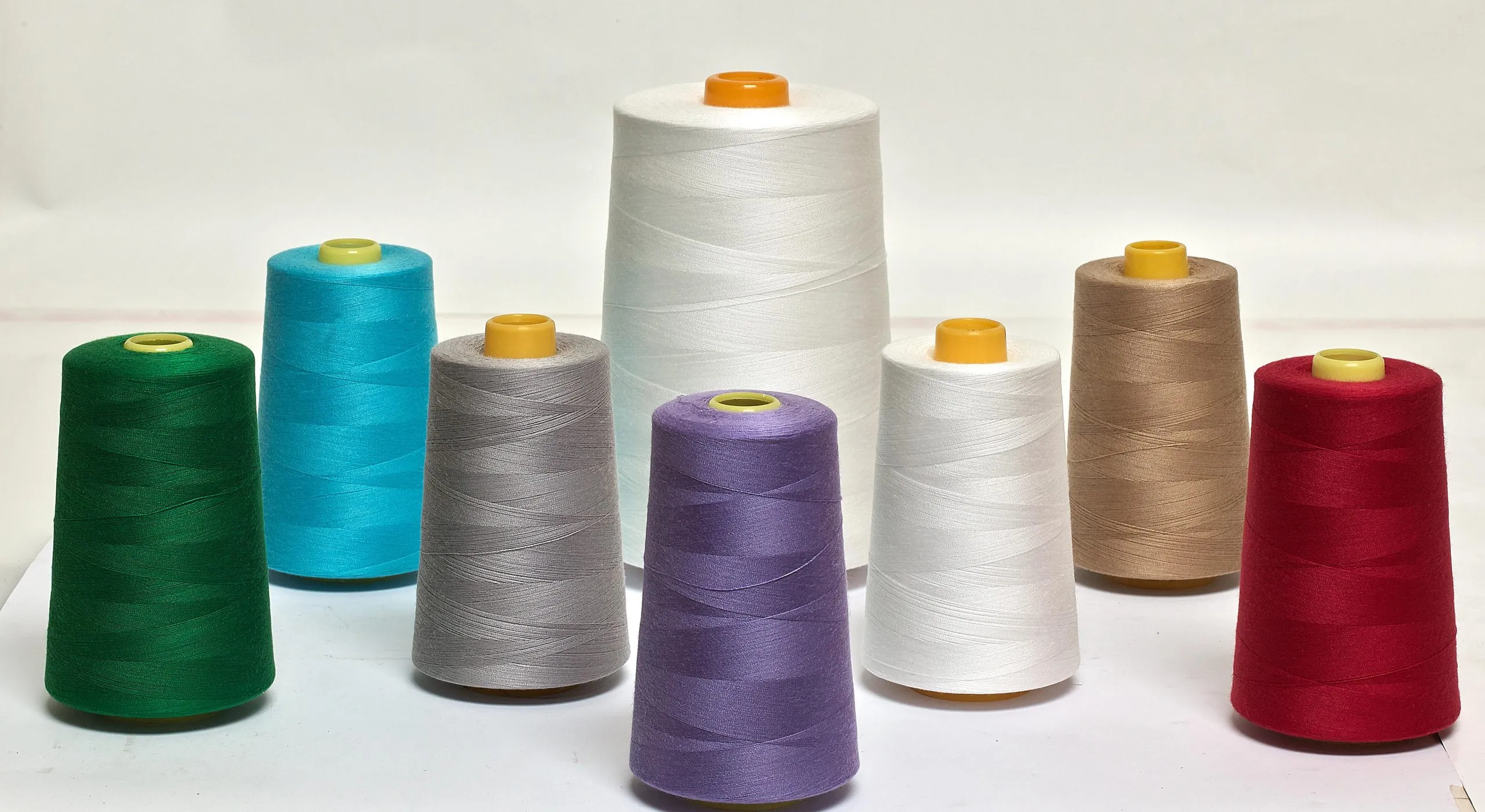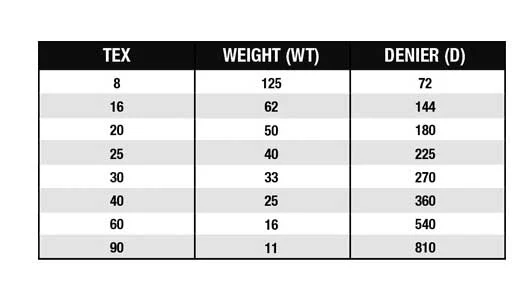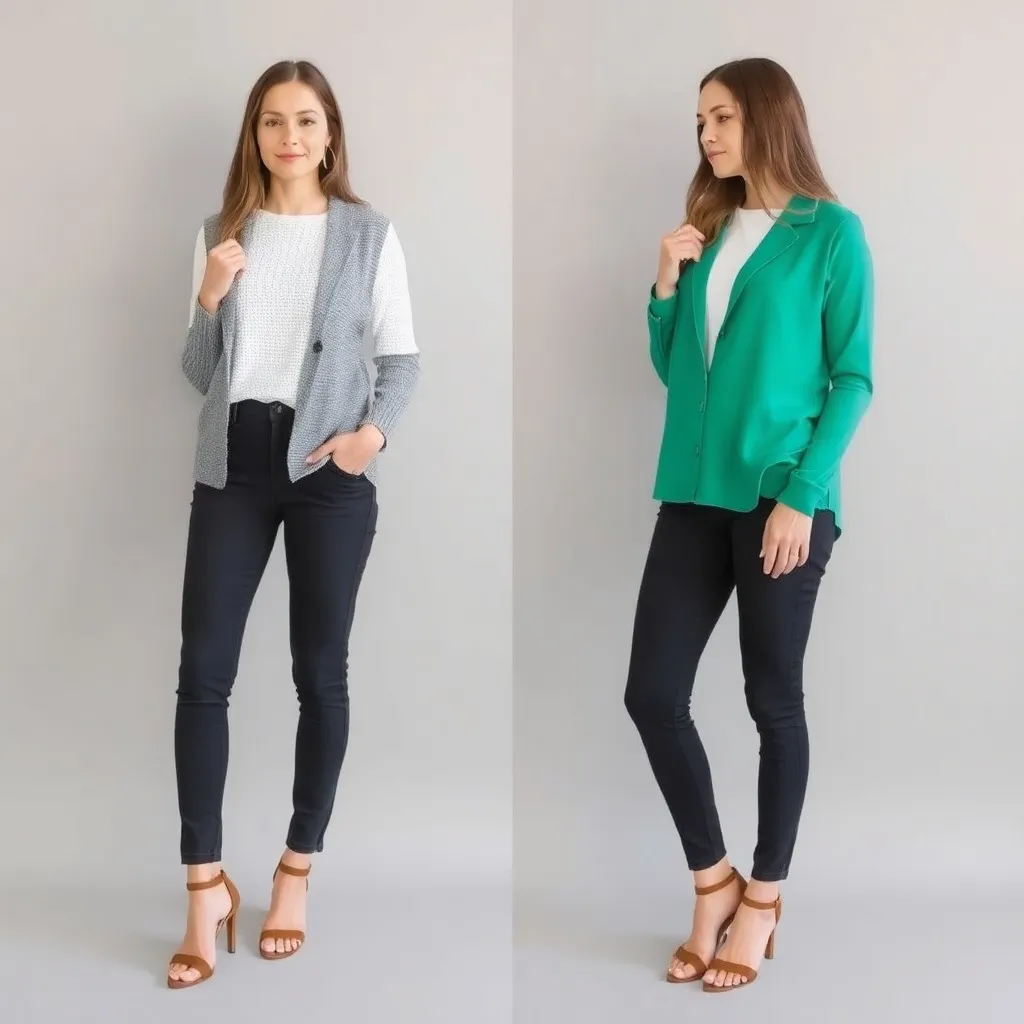
There’s a straight silhouette—shoulders, waist, and hips similar in width—and you can create curves and a defined waist with smart styling: use belts, wrap shapes, peplums, and high‑rise bottoms; add volume at shoulders and hips with ruffles or wide legs; layer textured fabrics and color‑blocking to break lines; favor cropped jackets, fit‑and‑flare dresses, and tailored seams, and avoid shapeless, overly boxy cuts or very low‑rise pants.
How to Know If You’re Rectangle-Shaped
You typically have shoulders, waist, and hips within about 1–2 inches of each other, producing a straight silhouette with minimal waist indentation; many garments can look boxy on you unless they include a belt, wrap, or tailoring. You often gain weight evenly across the torso and limbs, which means proportions stay balanced even as sizes change.

| Measurements | Shoulders, waist, hips within ~1–2 inches |
| Silhouette | Straight line; little natural waist definition |
| Weight distribution | Gains evenly across body and limbs |
| Fit issues | Many tops/dresses appear boxy unless belted or shaped |
| Styling advantage | Responds well to structure, color-blocking, and proportion play |
- Shoulders, waist, and hips have similar measurements.
- Waistline looks straight, not very nipped in.
- You gain weight evenly across your body.
- Many tops and dresses feel boxy unless belted.
- You look great in clean, minimal cuts—and can build curves with styling.
Core Styling Goals
Your styling goal is to add visual curves and define the midsection: peplum tops, wrap dresses, high-rise bottoms, and shoulder details all help you create a narrower-looking waist and fuller top or bottom lines. Structured seams, darts, and layering—like a cropped jacket over a cinched top—are practical ways to sculpt your shape without heavy construction.
- Define the waist with belts, ties, and wrap shapes.
- Add volume at shoulders and hips for gentle curves.
- Use layers to create depth and dimension.
- Mix textures and colors to break up straight lines.
- Choose seaming and darts that sculpt the torso.
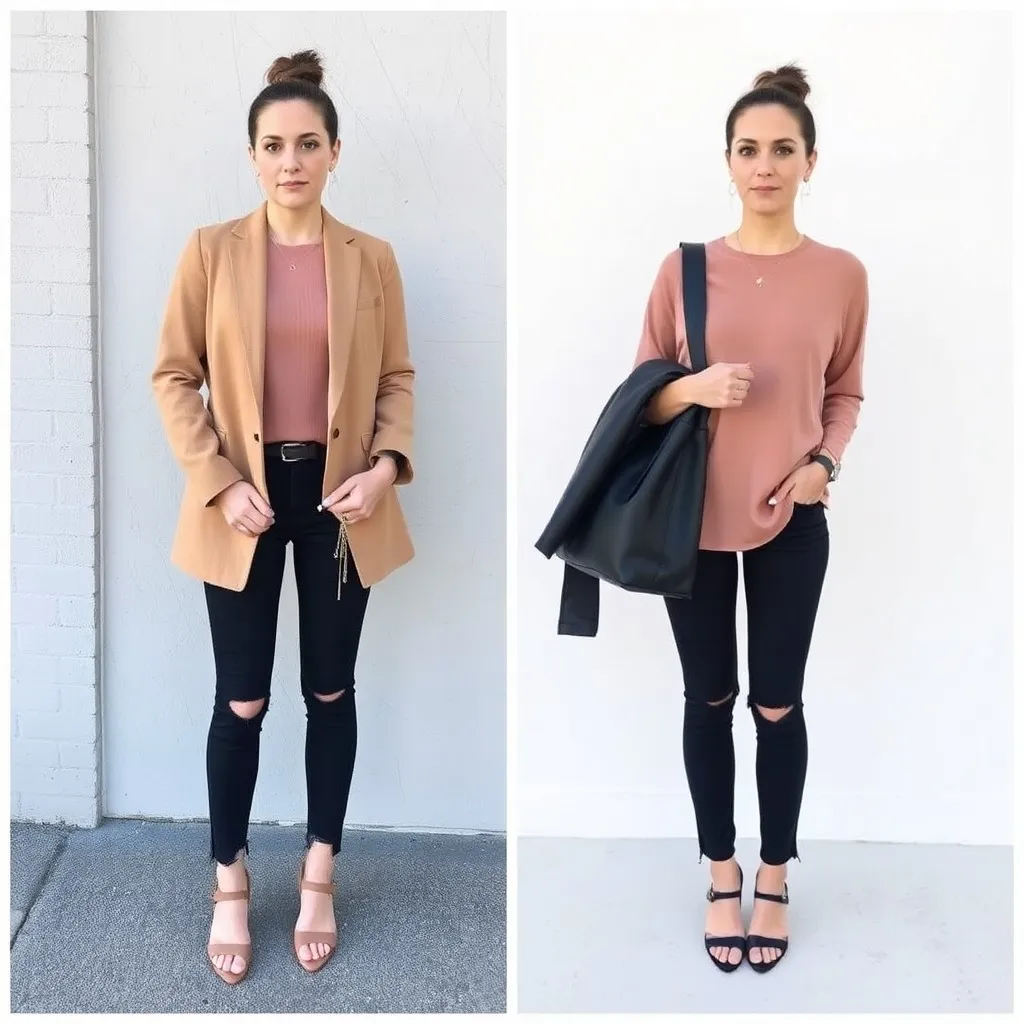
Defining the Waist
You can create instant definition with a belt placed at your natural waist or slightly above (the empire placement). Aim for belts about 2–3 inches (5–7.5 cm) wide for everyday looks; thinner belts read subtle, wider belts read structured. Pair a medium-width belt with high-rise bottoms (a rise of roughly 4–5 inches/10–12 cm) to visually lift the waist and lengthen the leg line. Tailoring details like princess seams, waist darts, and side panels work the same way without visible accessories. Look for single-breasted blazers with vertical seaming or dresses with contoured side seams—those construction points pull fabric toward the midline and create a nipped-in appearance without adding bulk.
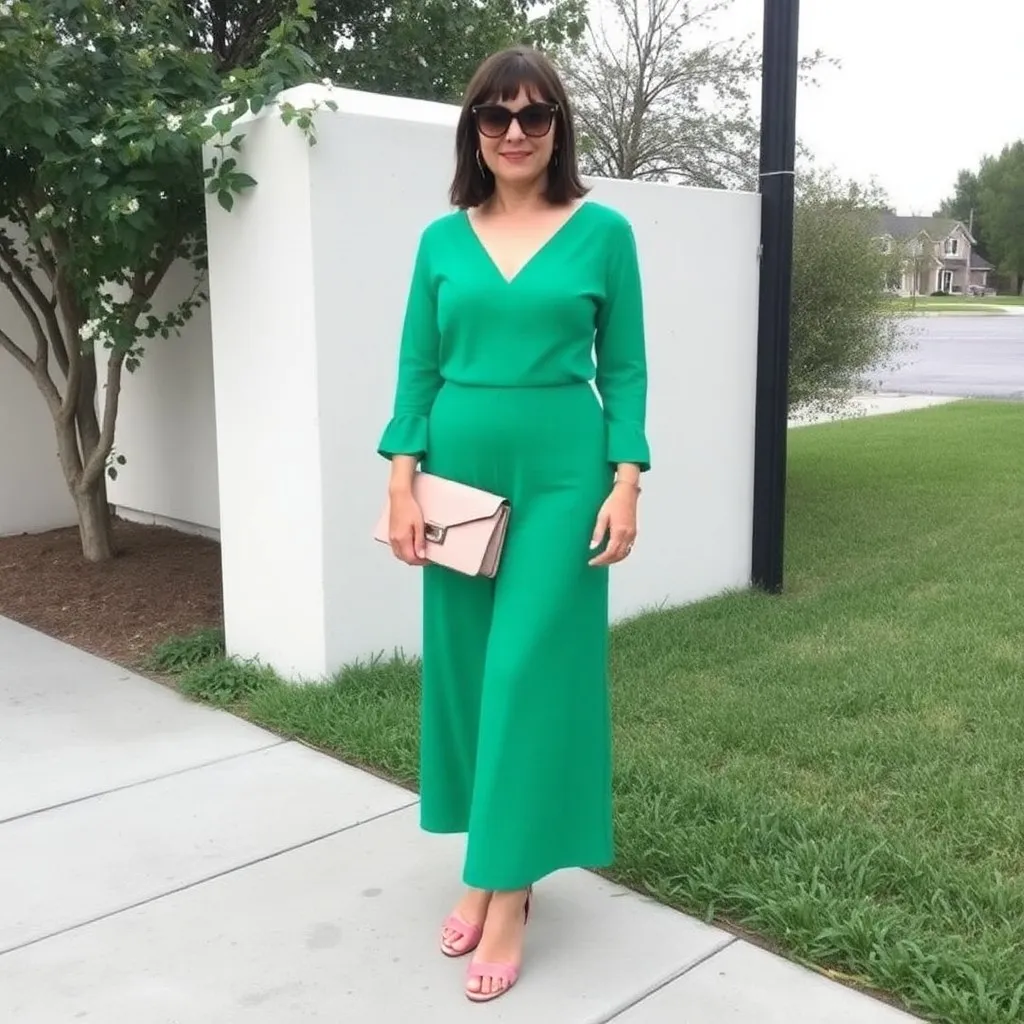
Creating the Illusion of Curves
Use shape-building elements that add controlled volume: peplums that flare 5–8 cm at the hip, wrap tops that cinch and overlap, and ruched side seams that gather fabric to suggest roundness. Shoulder interest—puff sleeves, small shoulder pads, or epaulettes—adds roughly 1–2 inches of visual width at the top, which makes the waist look narrower by comparison. Balance top and bottom volume to simulate an hourglass: pair a ruffled or puff-sleeve blouse with an A-line skirt or wide-leg pant. Color-blocking across the shoulders and hips (darker torso, lighter shoulders/hem) directs the eye to the outer edges of your frame and reinforces a curvier silhouette.
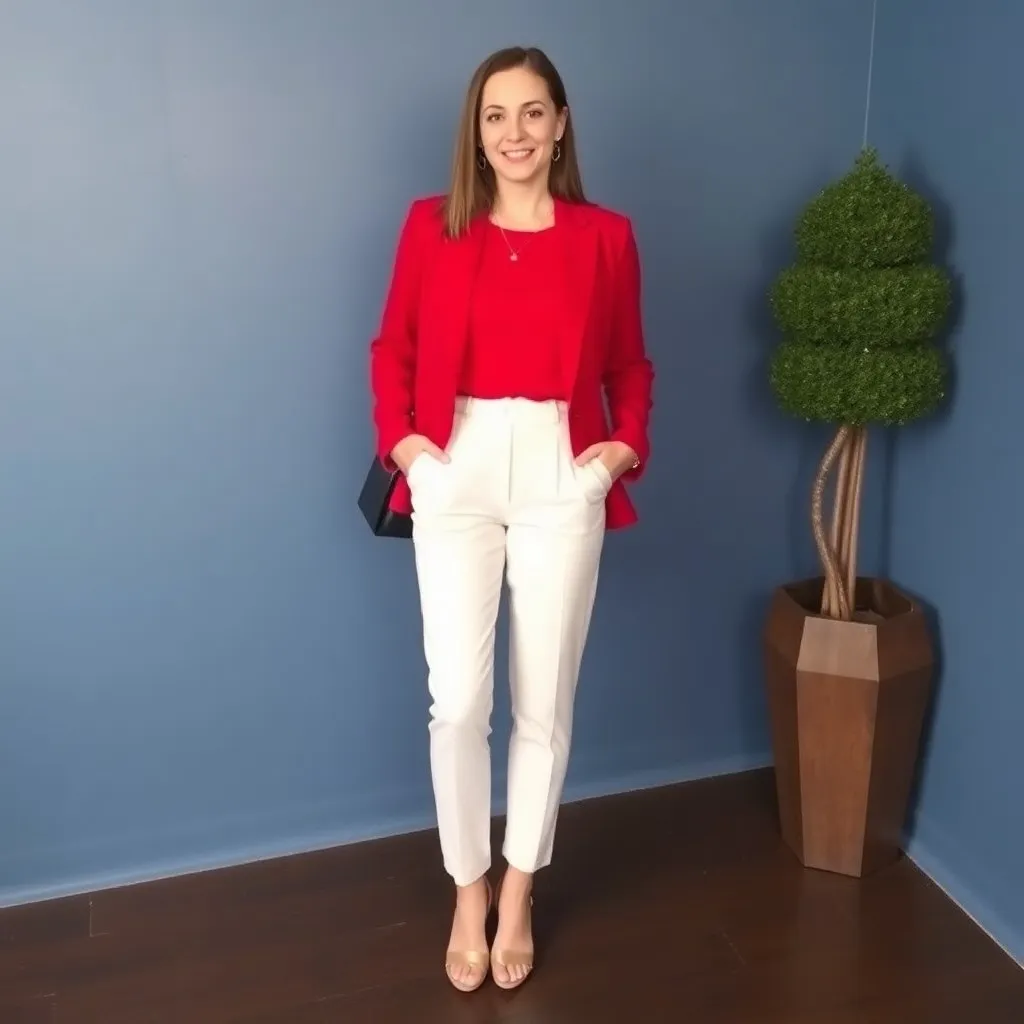
Fabric choice amplifies these effects—structured twill or medium-weight crepe holds peplums and pleats, while soft jersey or silk works best for wrap styles that gather cleanly without adding bulk. Experiment with mixing a molded fabric (blazer, structured skirt) and a drapey fabric (wrap top or slip) to let shaping elements read clearly.
Adding Dimension and Depth
Layering creates depth without widening your frame: a fitted tee + cropped blazer + belt introduces three visual planes that break up straight lines. Textured fabrics—tweed, rib knit, boucle—add surface interest; place texture at the shoulders or hem to build perceived mass where you want it most. Strategic details such as front pleats, patch pockets, and contrast piping generate shadow and shape. For example, a skirt with two front box pleats (each about 2–3 cm deep) gives the hip area subtle volume, while vertical topstitching on a blazer creates an illusion of contour.
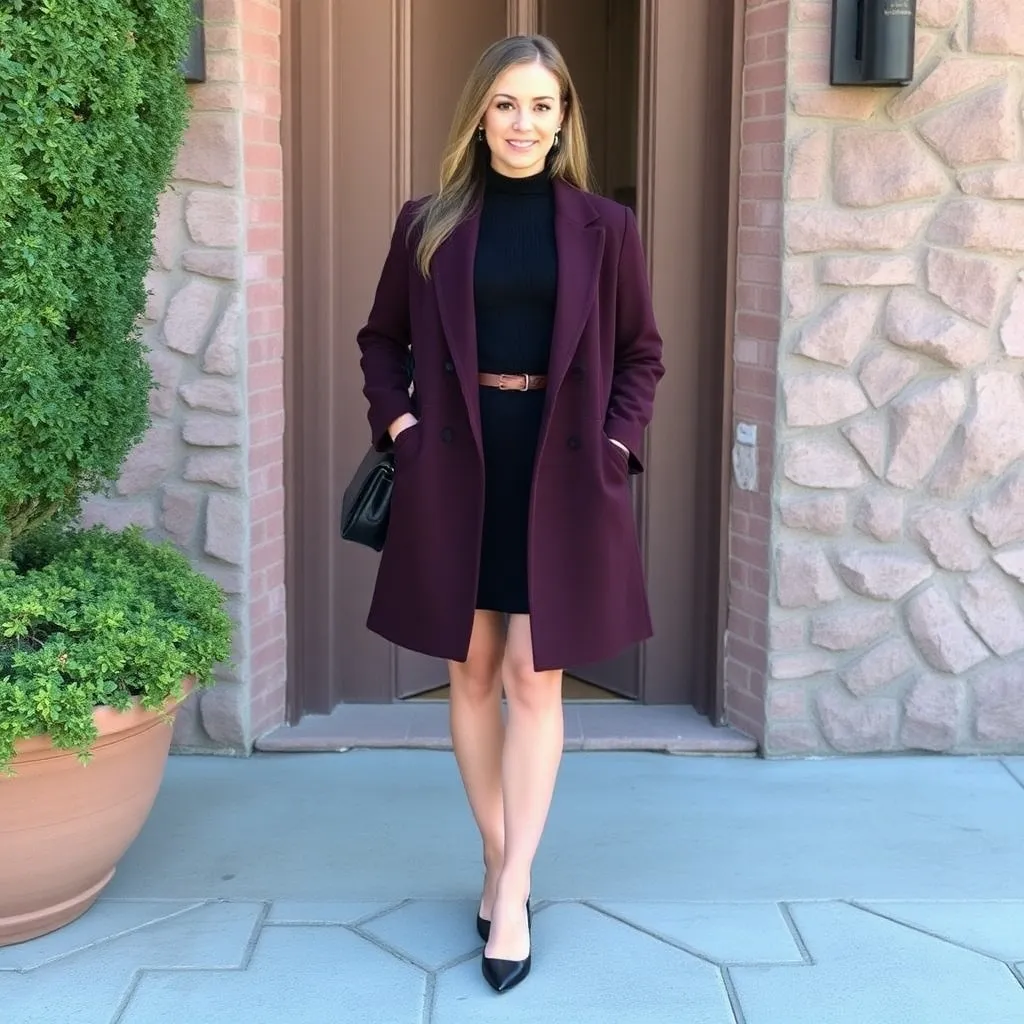
Keep proportions intentional: use one structured layer on the torso and one soft layer underneath to avoid bulk. Limit heavy layering to a single zone (upper or lower body) and rely on single, well-placed textured pieces—like a boucle cropped jacket or a ribbed peplum top—to add dimension without overwhelming your frame.
What to Wear (and Why)
Tops
Peplum and wrap tops work especially well because they introduce a clear waistline; choose a self-tie or belt about 1–1.5 inches (2–4 cm) wide to create that cinch without overwhelming your frame. Puff-sleeve blouses, ruffle shoulder details, or small shoulder pads (around 5–10 mm) add 1–2 cm of visual width at the shoulder line, which helps generate a subtle hourglass effect when paired with a defined waist.
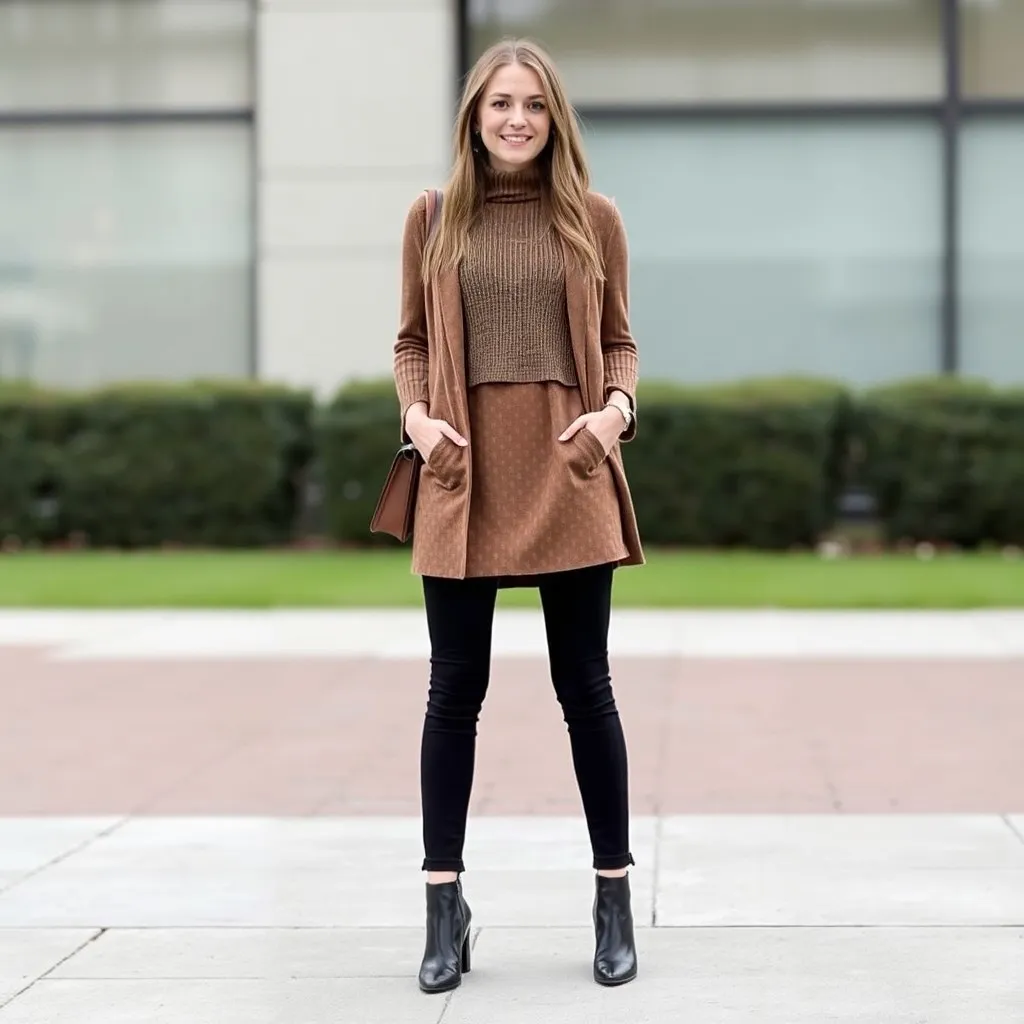
Crop tops that fall just above your natural waist paired with high-rise bottoms raise the visual waist by roughly 2–3 inches, creating proportion and the illusion of a shorter torso. For knitwear, pick ribbed or paneled constructions—vertical ribs or side panels with 2–4 cm tapering—so the fabric sculpts rather than clings, giving soft curvature without bulk.
- Peplum, wrap, and tie-waist tops to create a waist.
- Ruffle, puff-sleeve, or shoulder-detail blouses to broaden the top line.
- Crop tops (slightly boxy) paired with high-rise bottoms to raise the visual waist.
- Knitwear with shaping (ribbed or with side panels) for soft curves.
- Dresses & Jumpsuits
- Wrap dresses and belted shirt dresses for instant definition.
- Fit-and-flare and peplum-hem styles to add hip volume.
- Slip dresses layered with a cinched blazer or belt.
- Jumpsuits with a tie belt or elastic waist to shape the midsection.
Bottoms
Flared, bootcut, and wide-leg pants balance a straight torso by adding width from mid-thigh down; look for a hem that’s 3–6 inches wider than the knee to achieve visible balance. High-rise cuts that sit about 2–3 inches above the hipbones lift the waist visually and pair best with cropped or tucked tops to define your midsection.
Paperbag waists, pleated trousers, and A-line skirts add hip volume where you want it—opt for paperbag styles with a 1–2 inch gathered cuff and a self-tie to create a waist focal point. Front pleats or moderate patch pockets (no larger than 10 cm square) provide structure and shape without turning the look boxy.
Favor mid-weight denims, twills, and suiting fabrics for bottoms so they hold pleats and create silhouette contrast; avoid ultra-soft, slinky fabrics on bottoms unless you counterbalance with structured tops or waist definition.
- Flared, bootcut, or wide-leg pants to balance the frame.
- Paperbag, pleated, or A-line skirts to add volume at the hips.
- High-rise cuts to lift the waist visually.
- Front pleats, patch pockets, or cargo details (lightly used) to build shape.
Jackets & Layers
- Cropped jackets to shorten the torso and define the waist.
- Single-breasted blazers with shaping seams or a tie belt.
- Layered looks: fitted top + structured jacket for depth.
- Vests or gilets over tees to add dimension without bulk.
Fabrics, Textures & Color
- Textured weaves (tweed, boucle, rib knit) add interest.
- Color-blocking at shoulders/hips builds curves.
- Shiny or tactile accents on top and at the hem create shape.
- Mix matte + gloss, smooth + textured to avoid a flat look.
What to Avoid
- Shapeless pieces that hide your figure entirely.
- Overly boxy cuts with no waist detail.
- Head-to-toe thin knits with no structure.
- Low-rise bottoms that drop the waistline too far.
Overly Boxy Cuts
Boxy blazers, straight-cut tunics, and oversized coats without any waist shaping will flatten your silhouette and erase the subtle curves you’re trying to create. A boyfriend blazer with zero darts or a sweatshirt with extreme drop shoulders can add visual width but won’t provide any waist definition; instead look for a single-breasted blazer with at least one waist seam or 1–2 inches (2.5–5 cm) of inward shaping to suggest a waistline.
Layering two boxy pieces compounds the problem: a loose knit under a roomy coat creates a continuous rectangle. Swap at least one of those layers for something tailored—cropped jacket, belted coat, or a top with princess seams—so you break up the straight lines and redirect the eye toward a more hourglass suggestion.
Shapeless Fabrics
Very limp fabrics—thin viscose jersey, silk charmeuse, and some lightweight polyester knits—tend to cling in all the wrong places or drape without structure, erasing any hint of waist or curve. When you wear these fabrics head-to-toe, your outfit can look like a single unbroken panel; introduce texture or structure instead, for example a ribbed knit top or a ponte skirt to counterbalance a slinky blouse.
Shapeless fabrics can work if you use them strategically: pair a loose, slinky top with a high-rise, structured bottom and add a 2–3 cm wide belt or a tailored blazer to create a defined midsection. Alternatively, choose slinky pieces that already include shaping—darts, side panels, or built-in waist ties—so the fabric’s drape becomes an asset rather than a liability.
More detail: prioritize medium-weight versions of fabrics when possible—viscose blends with a touch of elastane, midweight silk blends, or jersey with thicker knit counts will hold shape better. When shopping, check garment construction: look for vertical seams, side panels, or gathered hems that create contours. If you love a completely limp fabric, plan to anchor it with a belt, tuck, or structured outer layer to maintain your visual waistline.
Incorrect Waistlines
Low-rise trousers and skirts that sit on the hips will drop your visual waistline and lengthen the torso, which can make your frame read more rectangle than you want. A low-rise that sits below the navel often eliminates opportunities to cinch or define; instead choose high-rise or natural-waist options that land at or just above the navel to lift your waist and create proportion.
Avoid dresses and jumpsuits with straight empire or very low waists that float under the bust or well below the hips—these silhouettes remove the midpoint where you can add definition. Belts placed at the natural waist, paperbag waists with a tie, or garments with built-in cinching (elastic or sewn-in ties) reliably recreate a waist even when underlying measurements are straight.
More detail: check pant and skirt rise numbers when you can—low-rise often measures around 7–9 cm (2.5–3.5 in) from crotch to top of waistband, mid-rise about 9–11 cm (3.5–4.5 in), and high-rise 12 cm (4.5 in) or more; aim for mid- to high-rise styles to visually lift your waist and make belts and tucks effective tools for shaping.
Final Word / Conclusion
Conclusively, you should focus on defining your waist and creating gentle curves through belts, wrap shapes, and tailored seams; add volume at the shoulders and hips with ruffles, puff sleeves, peplums or flared bottoms; and use high-rise cuts, cropped jackets, and layered textures to build depth and lift your silhouette. Prioritize structured pieces, color-blocking at the shoulder and hem, and tactile fabrics so your outfits read as intentional rather than boxy — practical strategies you can apply daily with Mekong Garment pieces.
Experiment with proportion and mix matte and glossy or smooth and textured finishes until you find combinations that flatter your frame, and choose what feels comfortable so your style supports how you move through the day. When your clothes shape your silhouette with clarity and purpose, your confidence naturally follows.
